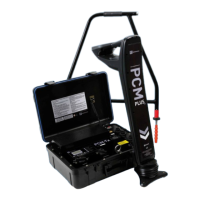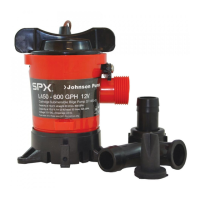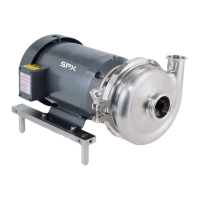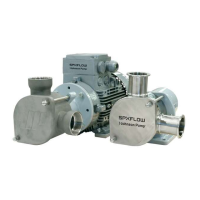6 PCM
+
Operation Manual
Figure 2.5: PCM connection using test point
Sacrificial Anodes
You can use sacricial anodes as a grounding point for
the PCM
+
transmitter. This type of connection can be
used when there are no isolation joints.
Note: Some sacricial anodes are connected directly to
the pipeline and not linked to test points. These can be
easily located as they cause large PCM
+
current loss.
Disconnect the link wire from pipeline to sacricial anode
in the test point.
Connect the white cable from the PCM
+
transmitter to the
pipeline connection, and the green cable from the PCM
+
transmitter to the anode.
Note: If the anode is heavily depleted it will be high
resistance, and the PCM
+
transmitter signal lights will
indicate higher voltage.
In this case it is advisable to use a series of long ground
stakes to provide low resistance grounding for the PCM
+
transmitter.
Whatever grounding is used for the PCM
+
transmitter, it
should have a resistance of less than 20 Ohms to ensure
good current output from the transmitter.
Using another pipeline as a ground for the PCM
+
transmitter is an effective way of applying the signal.
Note: Make sure that the other pipeline runs in a
different direction from the pipeline being surveyed.
Streams, drainage ditches, dykes, marshes, or any mass
of water can be used to ground the transmitter.
Connect the green lead to any large metal object and
submerge it in the water.
Note: Make sure that the pipeline is not running through
the same wet area.
Other electrical xtures can be used to ground the PCM
+
transmitter. However this will cause all electrical cables in
the area to carry the PCM
+
Transmitter signal.
If these cables run near the pipeline, they may affect the
survey results.
Figure 2.6: PCM connection using sacrificial anode for grounding
2.7 Power Supply Connections
Switch transmitter OFF before connecting to either:
230V (110V) AC supply
20-50V DC source
15-35V rectied source
230V (110V) AC Supply or Generator.
Warning! The equipment must be earthed through
the plug.
The transmitter is rated at 300W at 230V AC 50Hz (110V
AC 60Hz)
Connect the mains power lead to the rectier, or use
230V (110V) generator that provides 300W or more for
the transmitter to operate at its maximum output capacity
•
•
•
•

